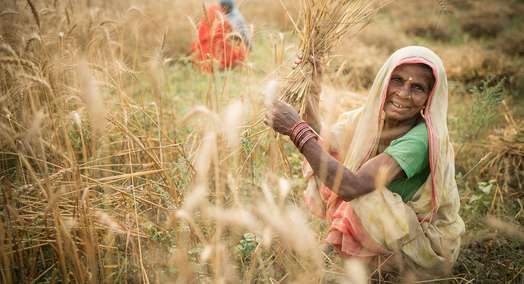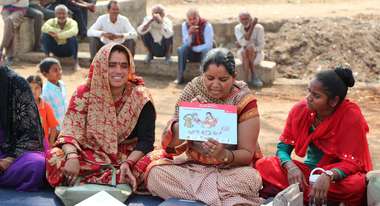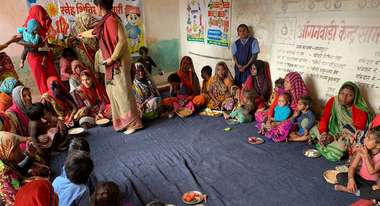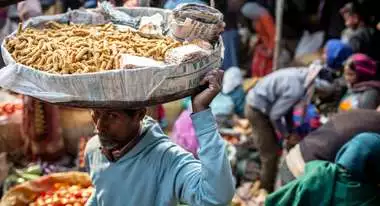Food Consumption in Germany and India
How does food consumption differ globally? Babita Sinha from the organization Pravah compares eating habits in Germany to those in India.
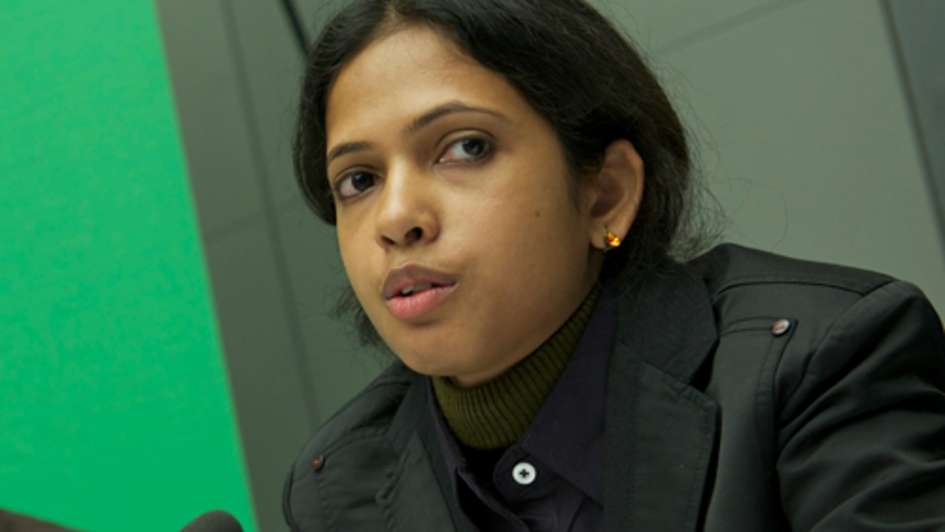
Dear Reader,
Food is the neediest affair or a matter of luxury in the life of people: depending on their financial and social well-being. In developed countries I experienced a high concern on the consumption of good and organic food which is full of micronutrients, whereas in developing countries the primary concern of the government as well as the people is to produce more and more staple food.
I just came back to India from a journey to Germany, where I experienced European food consumption. Now I have an idea of how expensive food consumption habits are in developed countries. Most of the people in Berlin and Bonn prefer dairy products and food with a high level of fat. I also felt that there are so many supermarkets and bakery shops which provide ready made foods, that people very rarely eat cooked food at home. The consumption of junk food is also enormous, and especially youth in Germany prefer to have ready made food from street shops and supermarkets. They also consume a good amount of alcohol. Overall I felt that food is quite easy available and a matter of luxury, too.
Myself, I have been born and brought up in Kolkata, which is of course a metropolitan city of India and one of the oldest cities in the world. I have seen and experienced the drastic changes in food consumption habits of the people here over time, and especially after the Government of India adopted the liberalization and globalization policy in 1992. Huge shopping malls and supermarkets have been constructed, and many Business Process Outsourcing (BPO), national and multi national companies established in Kolkata. The food consumption habits altered with the changes in working conditions. There is an increase of day laborer, and especially youth are engaged in daily work from morning to late night. To meet their food demand road side food shops spring up like mushrooms all over the city selling their junk food, processed and packed food. There are also a lot of Chinese food shops on the markets now. The disparity between the food consumption habits of the rich and the poor people are clearly visible. In a city like Kolkata we find cheap and easily available food in street shops as well as very expensive Indian, Chinese or continental food in big restaurants and in hotels. Where you eat depends only on what you can afford!
Since four years now I am working in Jharkhand in one of the poorest districts of India. I have realized that here food consumption does not depend on preferences but on the pure hunger of the people. Filling the stomach is the primary concern of the majority. Producing and consuming food full of micronutrients and of good quality like in the case of organic food is a matter of learning to them and of course a big deal! In case of failure of rainfall, droughts, etc. it becomes difficult to even procure three daily meals. Many farmers thus migrate to the big cities to seek manual work and to earn something for their families. In this area, market and junk food is sometimes available in the district capital but not in the remote villages.
Looking at those three places we find that in whatever form and variety food comes in our life, it is essential for our survival and existence. Food consumption habits in the big cities are more or less the same as most of the people are engaged in the tertiary sector and are dependent on the market food due to lack of time. Nowadays food consumption there even seems to be related to ones status.
But in the rural areas of India food still is consumed mainly to fill the belly.



